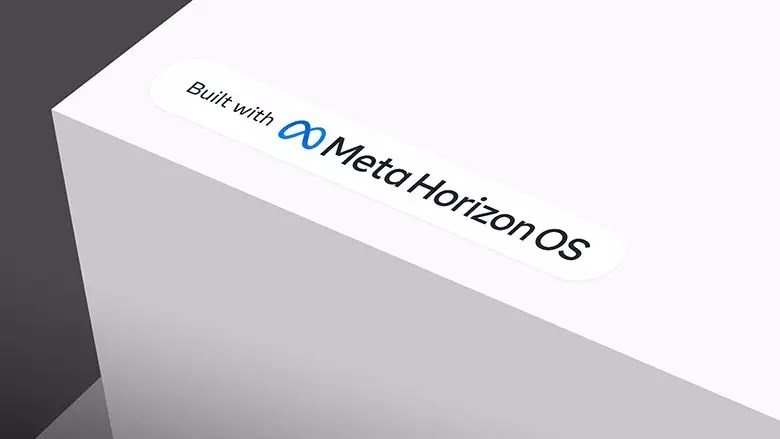In a rapidly evolving world of virtual reality (VR), Asus is poised to make significant strides with its forthcoming head-mounted display (HMD), codenamed Tarius. Drawing attention with its rumored features like eye and face tracking, along with cutting-edge display technologies, the device represents a potential shift in the competitive landscape of VR.
One of the standout aspects of the Tarius headset is its anticipated integration with Meta’s Horizon OS, cementing its position as one of the first third-party devices to leverage this software ecosystem. This collaboration not only signifies an alliance between technology giants but also denotes a significant leap forward in how virtual environments will be experienced by users. By embedding Meta’s Horizon OS, Asus aims to provide users with seamless access to a broad spectrum of social experiences and applications, ultimately enriching their overall virtual reality immersion.
The inclusion of advanced eye and face tracking in the Tarius headset is particularly noteworthy. These technologies offer more than just enhanced user interface control; they promise to revolutionize user interactions in virtual spaces. Eye tracking enables dynamic foveated rendering, where the system prioritizes rendering quality in the user’s line of sight while decreasing resources allocated to other areas. This efficiency can lead to superior graphics, reduced latency, and a smoother experience overall, making it imperative for high-end VR devices. Additionally, face tracking could enhance social interactions within applications like VR Chat, allowing avatars to mimic users’ expressions in real-time, thereby fostering a stronger sense of presence and connection.
Asus’ choice between QD-LCD with local dimming and micro-OLED displays could be pivotal in determining the user experience. The technology chosen will directly affect image quality, color accuracy, and responsiveness, which are critical elements in VR immersion. A micro-OLED setup would typically excel in delivering vibrant colors and deep blacks, while QD-LCD could provide substantial brightness and energy efficiency. Regardless of the choice, the display technology will play a vital role in how users perceive and interact with their virtual surroundings.
The entry of Asus into the VR space, especially in collaboration with Meta, indicates a shift towards an “open model” for VR platforms. Mark Zuckerberg’s comparison of this model to traditional personal computers underlines a stark contrast to Apple’s closed ecosystem. The accessibility of Meta’s storefront for Asus users could give the Tarius headset an edge in the marketplace, allowing users immediate access to a wealth of existing VR content upon launch.
As with any new venture into a respected domain, Asus’ strategy should not be taken lightly. The competitive landscape is dominated by Meta’s own line of headsets, which currently set the benchmark for performance and user engagement. However, the infusion of a new competitor may inspire Meta to enhance its offerings further, leading to advancements that benefit the entire VR community.
With a strong reputation for building high-performance computing equipment through its ROG line, Asus has the potential to carve out a prominent place in the VR market. The promise of a high-end headset capable of standalone operation while maintaining compatibility with PCVR merely heightens expectations. This flexibility could attract a wider audience, from casual gamers to dedicated enthusiasts who crave immersive experiences in virtual real estate.
The forthcoming Tarius headset from Asus embodies a significant evolution in virtual reality technology. Armed with impressive features, strong partnerships, and a vision for enhancing user interactions, the Tarius stands not merely as a product but as a potential catalyst for change within the industry. As this competitive race unfolds, both users and developers will be keeping a keen eye on how Asus navigates the complexities of launching a device in such a rapidly changing field. The future of VR, it seems, is about to get even more exciting.


Leave a Reply